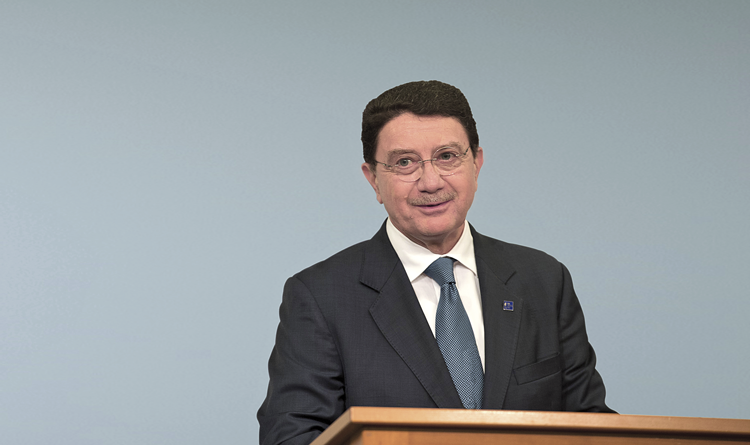To what extent does improved transport infrastructure influence tourism demand?
Infrastructure not only related to transport, but also to electricity and water, amongst others, have a vital relationship with the quality of tourism of a country. The extent thereof is linked to access to the country and to the services that tourists who visit it can enjoy. As such, both investment in the development of new infrastructure and the maintenance of already existing infrastructure is a strong determinant of the competiveness of the tourism sector.
In Spain, 80% of international tourists travel by airplane. Does AVE have any opportunity to gain prominence?
Not only AVE, but also the whole Spanish rail network, which is of a high quality. This is particularly evident in terms of the diversification of demand throughout Spain and the promotion of segments such as sports and ski tourism or cultural and gastronomic tourism.
What is Spanish tourism’s strength?
It is difficult to highlight just one strength when there are so many that deserve to be mentioned. I think that the first point is the training and professionalism of the individuals and institutions within it. In Spain, these individuals and institutions are responsible for a tourist who visits Spain for the first time coming back again and again in the future. This is an achievement that few countries have managed. The work carried out in recent years to diversify traditional beach tourism in other segments such as rural or cultural tourism is also a milestone that deserves to be recognised.
What do you think we should invest in?
There is always room for improvement. In this regard, continuing to work on developing segments such as gastronomy or maintenance and integration of infrastructure to make the experience of tourists more comfortable are areas that deserve continuous attention.
Spanish tourism is strong thanks to the professionalism of individuals and institutions
Will we lose tourism when stability is recovered in the north of Africa and the Middle East?
It is very unfair to think that the development that Spanish tourism has experienced has anything to do with the potential crises that other destinations are experiencing. Spain has devoted itself to tourism, it has done its work well for various decades and, as such, it has obtained these notable results that improve every year. The recovery of the area would be good news for all and would not harm anyone in any way. The slogan of the tourism sector is: “what is good for my neighbour is good for me”.
Do you see Spain as an upmarket and even a luxury destination?
I see Spain as a top destination in many segments that are consolidated, such as luxury tourism, but also in more recently appearing segments such as shopping tourism.
Do you think it is feasible to put limits on mass tourism in order to avoid the degradation of destinations?
There is nothing that we could call mass tourism, only the arrival of many tourists and the inability to manage it. We must develop appropriate strategic tools that help to avoid decongestion in accordance with which areas and, of course, measures guarantee the protection and sustainability of the natural and cultural heritage, as well as making the sector profitable for the local populations.
Which new areas in the world do you think will gain outgoing as well as incoming tourism?
According to our Barometer, Europe continues to be the most visited region with a 5% increase. Asia and the countries of the Pacific, Latin America and the Middle East are growing at a rate of 4%. This reflects the fact that emerging countries have significant expectations to consider for the future. In fact, China is now the first country in terms of outbound tourists.






